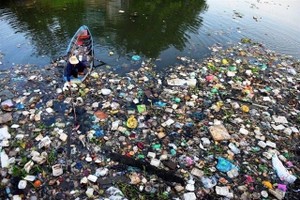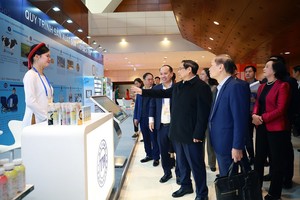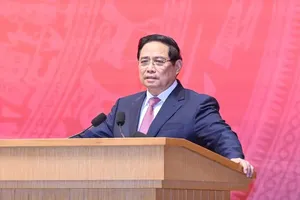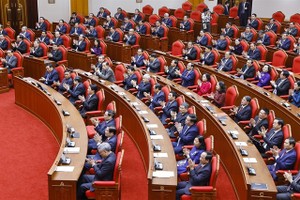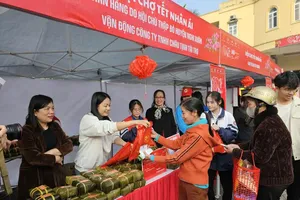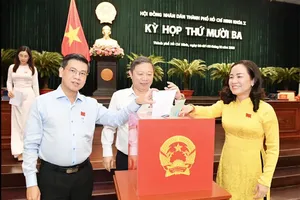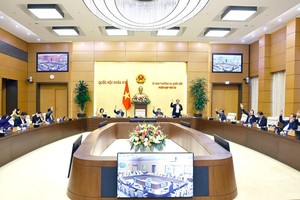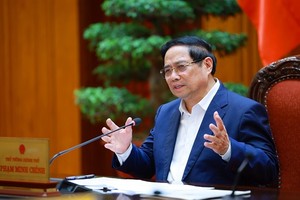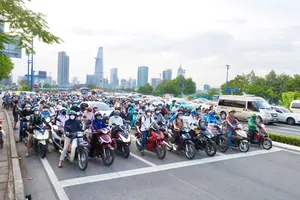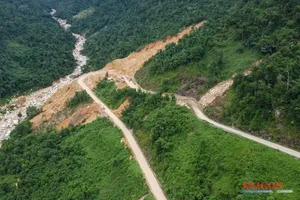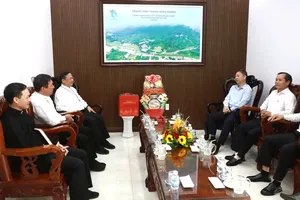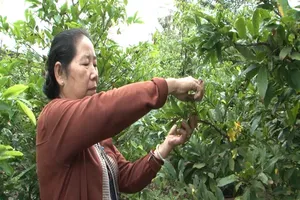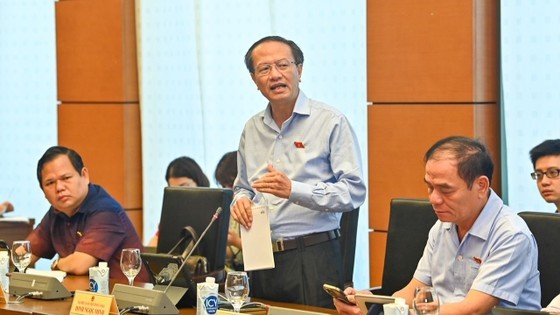 |
Deputy Dinh Ngoc Minh, representing Ca Mau Province, speaks at the meeting. |
They also inquired about the reason for the loss of more than VND26 trillion of Vietnam Electrictiy (EVN) in 2022 and solutions to deal with it.
According to the Ministry of Industry and Trade, the total capacity of delayed renewable energy projects is over 4,600MW. Among them, around 2,100MW from 34 transition projects have been successfully constructed and tested. These projects do not receive the 20-year preferential feed-in tariff (FIT) and must negotiate electricity prices with EVN at a reduced rate of 20-30 percent compared to previous ones.
Updated data from the EVN show that as of May 24, 37 transitional renewable power projects have not yet submitted their documents to the Electric Power Trading Company of EVN (EVNEPTC) for price negotiation and contract discussion.
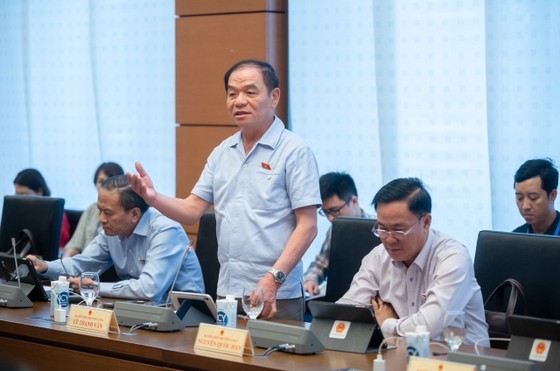 |
Deputy Le Thanh Van, representing Ca Mau Province, Member of the Finance-Budget Committee. |
During the discussion session of the National Assembly (NA) delegation on the socio-economic situation, thrift practices, and anti-wastefulness measures held on the morning of May 25, many NA delegates raised the question of why Vietnam has to import electricity from Laos and China when 4,600MW of renewable electricity is being wasted and not integrated into the grid.
Deputy Le Thanh Van, representing Ca Mau Province, Member of the NA Finance-Budget Committee, drew attention to the fact that despite Vietnam's abundant wind and solar energy resources, the country continues to rely on electricity imports from China and Laos.
Expressing his concern, Mr. Van described it as a "very disheartening situation" and reiterated this sentiment multiple times during his speech. While solar and wind power are sectors where Vietnam has a competitive advantage, they were only recently included in the National Power Development Plan 8. Mr. Le Thanh Van posed the question of why Vietnam still needs to import electricity from China and why the country is committed to long-term power import agreements. He acknowledged that finding satisfactory answers to these questions presents significant challenges.
During an interview with reporters on the sidelines of the session, Minister of Finance Ho Duc Phoc provided an explanation for the wastage of solar and wind power. He revealed that he had engaged in discussions with the Minister of Industry and Trade regarding the obstacles in harnessing these energy sources. If the challenges are related to pricing, both ministries will work together to develop and adjust mechanisms aimed at facilitating the release of capital that businesses have invested in and borrowed from banks.
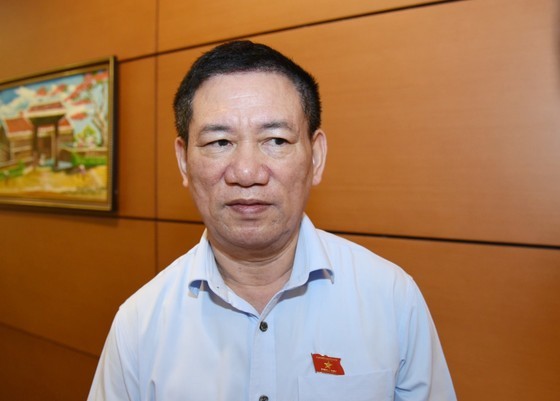 |
Minister of Finance Ho Duc Phoc |
However, Minister Ho Duc Phoc stated that Minister of Industry and Trade Nguyen Hong Dien mentioned that the main obstacle is related to power capacity, indicating that the current power capacity is already adequate.
Minister Ho Duc Phoc straightforwardly commented, “I also see that if we already have sufficient power capacity, why do we still allow the implementation of renewable energy projects? And if we have already completed renewable energy projects, why not reduce the volume of electricity purchased from foreign countries?”
Regarding EVN's loss of over VND26.2 trillion in 2022, Deputy Ta Thi Yen, representing Dien Bien Province, Deputy Head of the Delegates Affairs Committee, highlighted that EVN had made eight price adjustments for electricity since 2010.
"Voters questioned why EVN consistently reports losses in electricity production and business in their reports but does not clearly specify the reasons for the over VND26 trillion loss in 2022 and the solutions to address it," Deputy Ta Thi Yen raised the issue and suggested that the Ministry of Industry and Trade should research to find optimal solutions to ensure energy security.
According to the Ministry of Industry and Trade, the increase in electricity imports from Laos and China is a result of extreme weather conditions and drought impacting hydroelectric reservoirs, leading to a shortage of power supply during the dry season. Currently, 18 hydroelectric reservoirs are at critically low or near-critically-low water levels, while 20 hydroelectric reservoirs have a capacity below 20 percent. As of May 21, the remaining electricity output in the hydroelectric reservoirs was only 29 billion kWh, which is 1.7 billion kWh lower than the annual plan.
In order to fulfill the electricity demand for production and consumption, EVN has engaged in negotiations to procure electricity from China via the 110kV Shekou - Mong Cai transmission line during May, June, and July. This arrangement will provide a capacity of 70MW, and the electricity supply is anticipated to commence in the coming week. Additionally, EVN imports electricity from Laos through the Nam Kong and Nam San hydroelectric power plants.
Furthermore, the current price of imported electricity is lower than that of domestically-generated power. The price of electricity purchased from China is 6.5 cents per kWh, equivalent to around VND1,540 per kWh. Meanwhile, the price of electricity purchased from Laos is 6.9 cents per kWh, approximately VND1,632 per kWh. In contrast, according to EVN's data, the average power buying price in the first three months of the year is around VND1,845 per kWh. Therefore, the power buying prices from Laos and China are lower than some domestic electricity sources.
